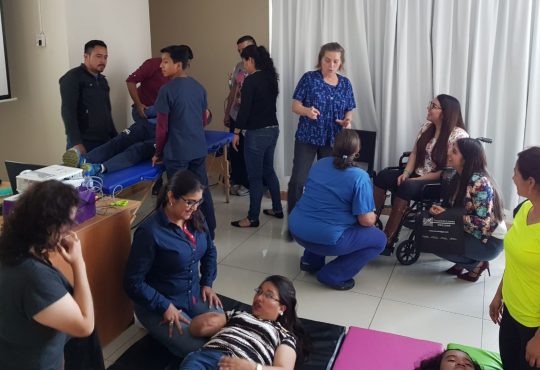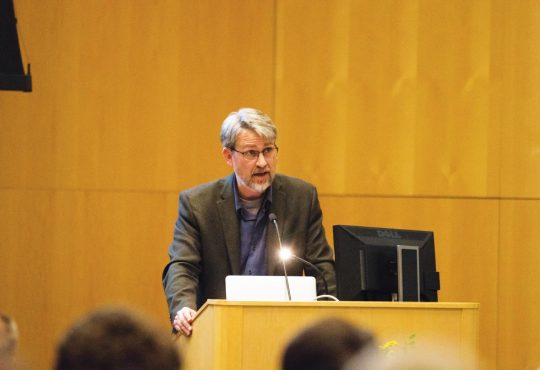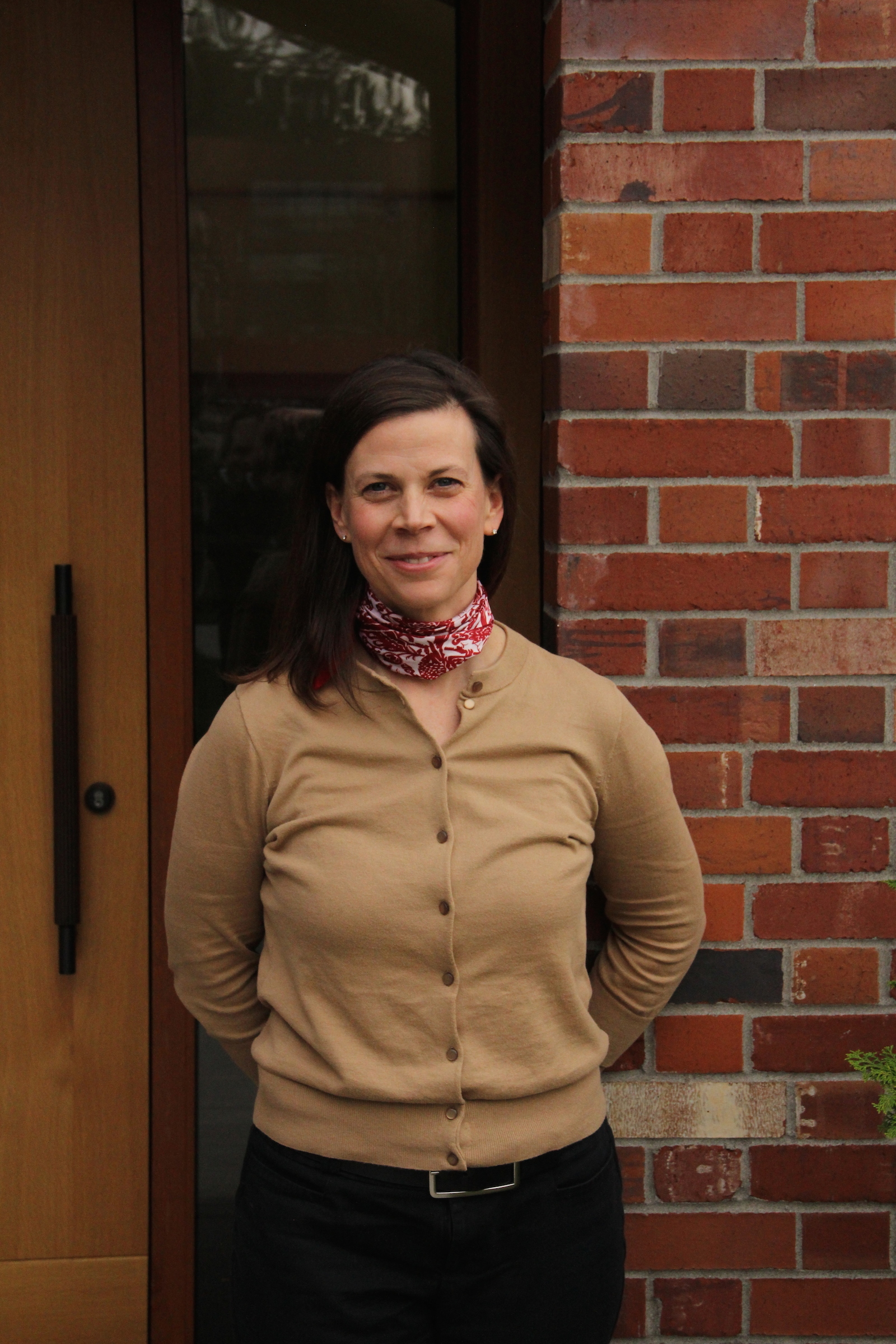
Recently, it was announced that several departments’ requests for tenure lines were going to be paused for at least a year. Faculty are now questioning why this decision was made, its impact on next year and the potential trend it may speak to. Over the past two weeks, I conducted interviews with various faculty and administrative officials. Many of the faculty I spoke with agreed to talk off the record or provide anonymous quotes. Out of respect for the faculty and the seriousness of the situation, I have refrained from printing people’s names and from listing specific departments.
At Universities, there are several types of professor. Generally speaking, there are tenure-line professors and non-tenure-line professors. Non-tenure-line professors, also called contingent faculty, include visiting assistant professors (VAPs), adjunct faculty, and instructors. Contingent faculty tend to teach at a university through a contract that lasts a certain number of years. Adjunct faculty, which are not very common at Puget Sound, teach on a per-course basis.
Tenure-line faculty are full-time faculty members who are in the process of trying to attain tenure. At Puget Sound, a tenure-line professor is up for tenure after six years of teaching.
One faculty member explained the process: “First it is your own department: do you fit the department, do you fit the needs, are you adequate to their standards, and can you demonstrate that you are adequate to the standards of the department? Then after that it goes to a committee that is also composed of your peers and people outside your department. … If you pass those two levels then it goes to the administration. … It’s a really democratic review process.”
Tenure provides a number of benefits, but the most prominent is job security. As one faculty member explained, “Once you [have tenure] the university cannot fire you for your views.”
Many of the faculty members I talked to echoed the same sentiment and almost all of them threw around the phrase “academic freedom.” Tenure, they explained, allows faculty to express their views without fear of recourse.
This sentiment was echoed by another faculty member who is currently on the tenure track, who added that tenure also serves students with “the knowledge that their profs aren’t censoring themselves for fear of being unpopular or for ideological reasons.” They went on to say, “I self-censor a lot for fear of my own tenure file, both in the classroom and outside, in a place where intellectual freedom is the whole purpose.”
In addition to protecting a professor’s job security and academic freedom, tenure also serves both students and the school. Job security allows faculty to be more invested in the University.
One faculty member remarked that non-tenured faculty are “on the job market the whole time. … You’re applying for like 20 jobs. It’s like a half-time job. [A tenured professor] doesn’t have to do that. They have job security and they can invest in the institution as well.”
This investment in the institution can include anything from serving on faculty senate to sponsoring student organizations or leading initiatives to create change at the school.
As mentioned before, five departments who are currently awaiting tenure lines were told recently that their tenure lines will be paused for a year.
Provost Kris Bartanen explained several contributing circumstances. The School of Music is still looking for a director, which is a timely process. Additionally, the School of Business and Leadership is also looking to fill several tenured positions that opened following the unexpected departure of professors.
Additionally, there is the search for the new provost. The provost sits on the committee that reviews professors for tenure and has a say in where, and to whom, tenure is allocated. Many faculty explained that this pause in tenure reviews during a time of transition like this is not particularly surprising.
Beyond the change in the makeup of the administration, there are also larger structural changes currently in the works. These include the Strategic Plan and proposed curriculum changes being put forth by the Curricular Task Force (CTF). It is important to note that all of the proposed changes to the curriculum are still being worked on. Before any changes are officially made, 50 percent of faculty must approve the proposal. The proposed changes have been discussed publicly in several senate meetings, as well as in some open meetings. To learn more about the CTF, you can request the Student Senate minutes from February 28, 2019 where the proposal was presented to students and discussed by student representatives.
Until the changes are approved — and if approved, implemented — we will not know exactly what impact they may have. However, the proposed changes to the curriculum have left some faculty feeling concerned about the future of tenure for their departments.
One faculty member stated: “I would say, the pause regarding the tenure line appoints will be further exacerbated by the pause created by moving towards a new curriculum. The provost and administration will say that they want to see how the new curriculum unfolds before they commit to certain tenure lines. And they won’t have any idea about how the curriculum plays out until probably four or five years, because we don’t have a new curriculum yet. It has to be approved and implemented, so that’s a long process. There will be a reluctance to make some commitments.”
Another faculty member remarked the changes “might create new winners and losers that might determine if tenure lines would be renewed.” The faculty member went on to say that the proposed changes are “moving very quickly and a lot of people feel uncomfortable about that. They [CTF] have talked to everyone, and because they’ve talked to everyone, we have no idea if our interests are being represented because they’ve collected so much data.”
Another faculty member echoed similar sentiments in regards to the Strategic Plan, stating, “With the Strategic Plan implementation there will be winners and losers and that’s where faculty will begin to get interested, when their department are diminished or inflated.” The change in department size that may happen due the Strategic Plan will affect where tenure lines are allocated.
This senior faculty member went on to say, “In terms of management of the Strategic Plan, we don’t actually know who wrote it. There were faculty and staff committees that were formed and what came out of those committees didn’t necessarily make it into the Strategic Plan. I presume it was the consultants who wrote it. The consultants … who were hired by the administration.”
Many of the faculty I spoke with also discussed concerns about the direction the Strategic Plan will take the University. One reason the school is pursuing the new plan is to address enrollment concerns.
“There is no doubt we have challenges financially, and in terms of enrollment,” a faculty member remarked.
This was consistently brought up during interviews, with faculty pointing out that the school must respond to market forces. After all, there is a limited number of resources, and many places demand those resources.
However, many faculty were critical of the way the University is spending money, looking to renovation projects as well as what many are calling the corporatization of the University.
In recent years, the school has redone the Student Union Building, built several buildings, and of course, is currently building the new Welcome Center. While it is true that the funds for those projects came from giving campaigns, faculty are left questioning why the school is allocating resources and giving campaigns towards new infrastructure.
One faculty member pointed out, “We aren’t even asking for more [money], we are asking for the same.”
Another professor stated, “the priorities for the institution in terms of finance should be focused on two things: students and faculty, because we can go without the rest of the stuff when it comes down to it. That’s not to say the beautiful grounds we live on are not important; they need to be maintained. … It’s part of the magic. That stuff matters, but only if it enhances the human relationship between students and faculty.”
Faculty also voiced concerns that the University is beginning to act more like a business rather than an institution of higher education.
A senior faculty member stated, “To the extent that we are corporatized, with a lot of practice determined by consultants and the administration, we will finally see whether or not by addressing and succumbing to market forces … that attitude towards education is finally just a different version of becoming our own grave diggers.”
A large part of concern for many faculty is the fact that these changes are coming from the top down. One faculty member stated, “The Strategic Plan [was] a fully managed process from the administration, originating from the top down, skillfully including and perhaps co-opting faculty in the process.”
In stride with concerns surrounding curriculum changes and the Strategic Plan, faculty have also voiced concerns about the potential impact of the new provost. Whoever the next provost is will have a say in where tenure lines are allocated. One stated that there is “a lot at stake in the next provost. If we have a ruthless corporate or business-minded provost who looks upwards to the Board of Trustees or the President instead of down to faculty, and considers themselves part of the faculty and a representative, it could present real challenges.”
Concerns about a movement away from tenure fall in line with national trends. Provost Bartanen said in an interview that 76 percent of our faculty are tenure-line. Nationally, 75 percent of faculty in university are not tenure line.
A faculty member provided a slightly different statistic about the number of contingent versus tenure line faculty at Puget Sound. They cited information from Goal Team 3 of the Strategic Plan, which stated that 39 percent of faculty are contingent (in other words, not tenure line). I tried to get clarification about this discrepancy, but at the time of writing, no clarification was provided.
Regardless, Puget Sound has the tendency to keep more faculty in the tenure line than many other institutions. Still, faculty have voiced concerns about the possible trend that University of Puget Sound might be following.
In regards to this tenure trend, one professor remarked, “I worry that the Strategic Plan was developed to respond to the external market place within higher education … towards the use of adjunct labor and temporary academic appoints and it has been at the expense of tenure track appoints nationwide, both within Liberal Arts institutions and state schools. We as an institution at Puget Sound have historically resisted that trend. I worry that the current Strategic Plan embraces that trend.”




